Pneumatic fittings are a vital part of compressed air systems. They connect various components—like tubing, valves, cylinders, and filters—to ensure proper airflow and function. Choosing the right fitting type for your application not only impacts performance but also safety, efficiency, and system longevity.
Main Types of Pneumatic Fittings:
-
Push-to-Connect (Push-In): These fittings allow fast and easy connection by simply pushing the tubing in.
-
Compression Fittings: Use ferrules and nuts to secure the tubing. Preferred in high-vibration environments and offer a reliable, leak-free seal.
-
Barbed Fittings: Designed for flexible tubing. The barbed end grips the inner wall of the tubing, often secured with a clamp or crimp ring.
-
Threaded Fittings (NPT, BSPT, BSPP): Common for hard plumbing. Requires sealing tape or compound to prevent leaks.
-
Elbows, Tees, and Crosses: Provide flexibility in layout. Help route tubing around tight corners or split airflow.
-
Manifold Fittings: Allow multiple connections from one air source, useful in automation or multi-tool setups.
Application by Industry:
-
Manufacturing & Automation: Push-to-connect and manifold fittings dominate due to quick installation and space savings.
-
Automotive: Compression and barbed fittings withstand vibrations and high pressures in braking systems and air suspensions.
-
Food & Beverage: Stainless steel push-in fittings meet hygiene standards for sanitary systems.
-
Pharmaceutical & Cleanroom: FDA-compliant materials, often requiring specialty fittings with smooth interiors.
Pros and Cons by Fitting Type:
|
Fitting Type |
Pros |
Cons |
|
Push-to-Connect |
Easy install/removal, no tools required |
May not handle high pressures |
|
Compression |
Leak-resistant, great for vibration |
Slower installation, requires tools |
|
Barbed |
Cost-effective, ideal for soft tubing |
Needs clamps, lower pressure resistance |
|
Threaded |
Secure under pressure, adaptable |
Risk of cross-threading, leak-prone if not sealed properly |
Summary:
Understanding each fitting type and its ideal use case helps system designers and technicians make informed decisions. Selecting the wrong fitting can lead to leaks, inefficiency, or safety hazards. Always consider pressure, temperature, environment, tubing material, and frequency of maintenance when choosing fittings.

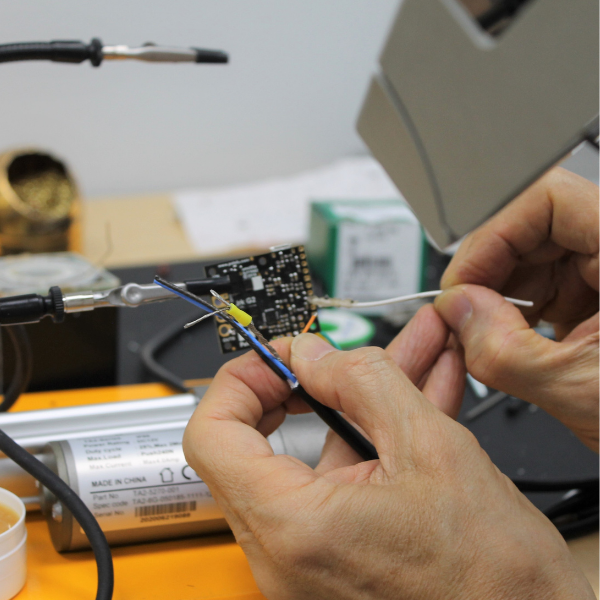
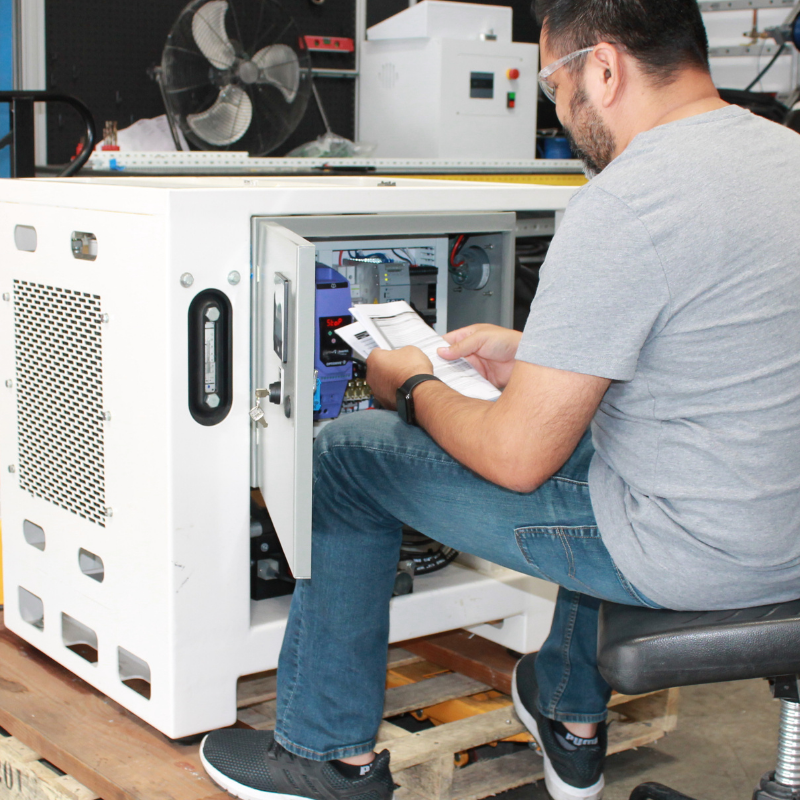
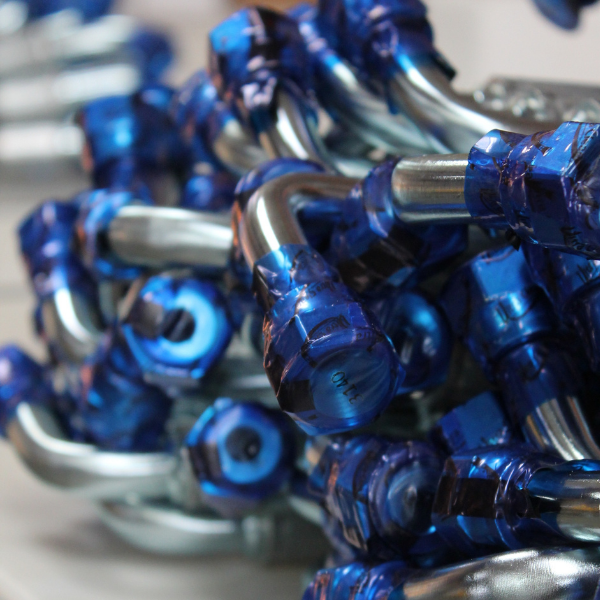
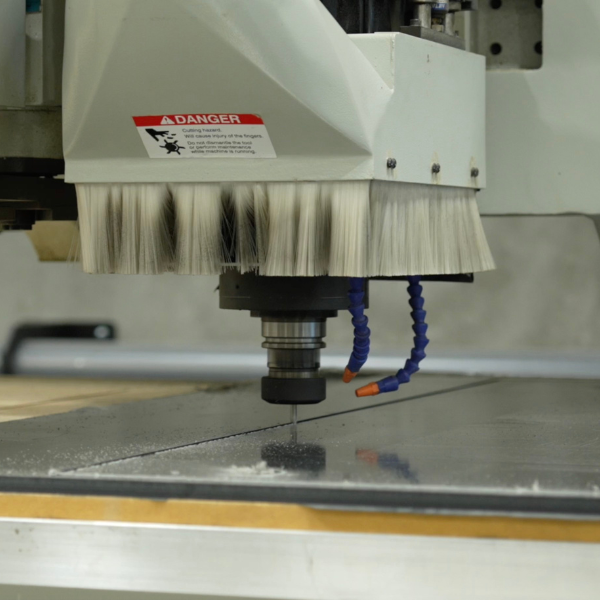
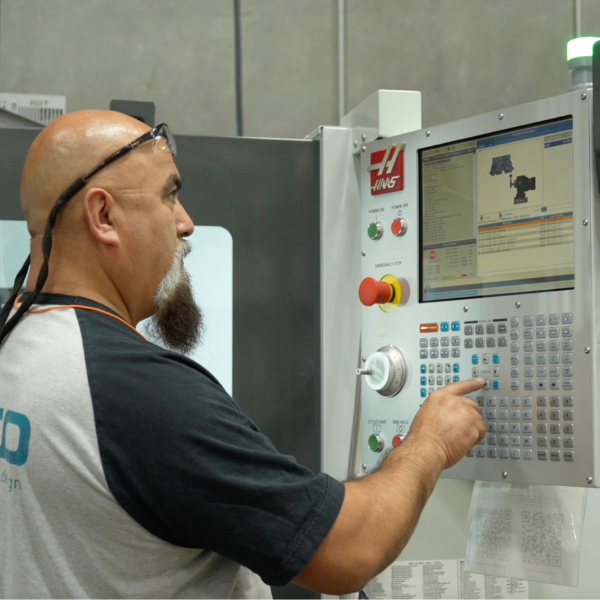

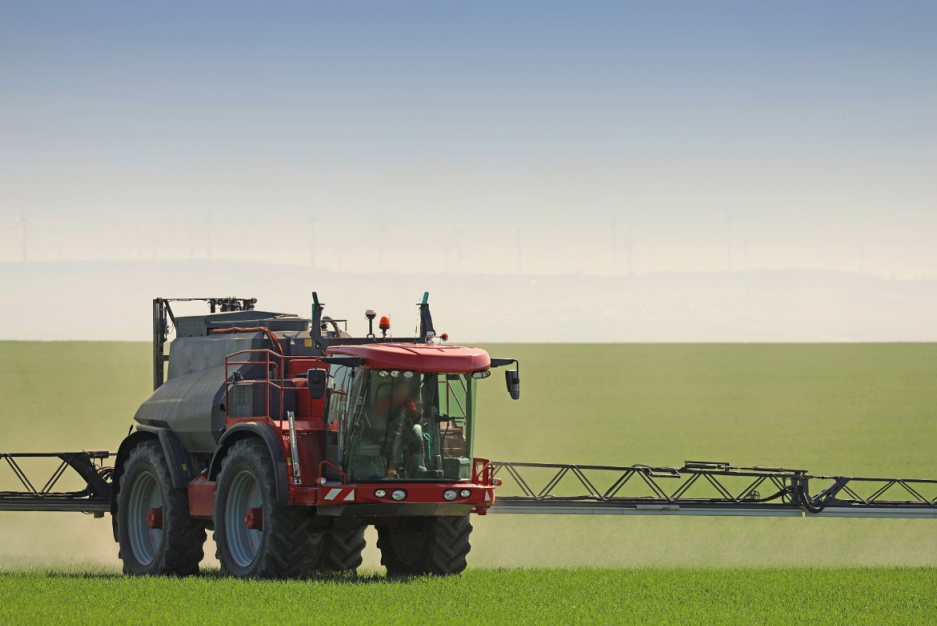
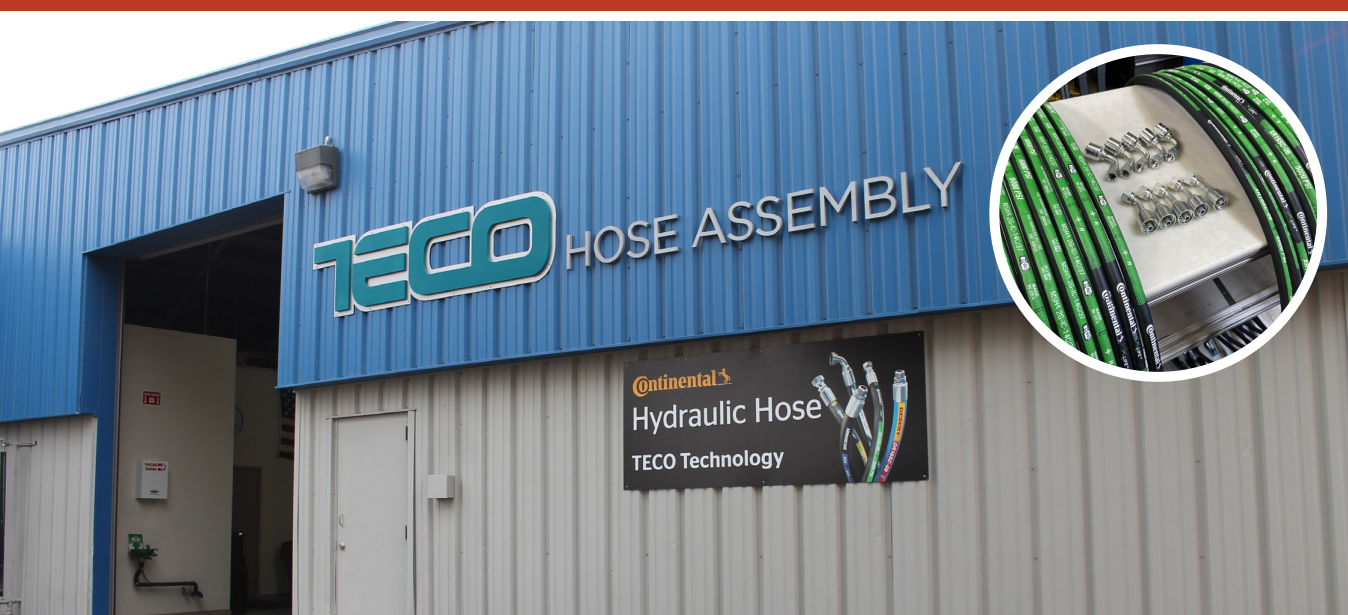
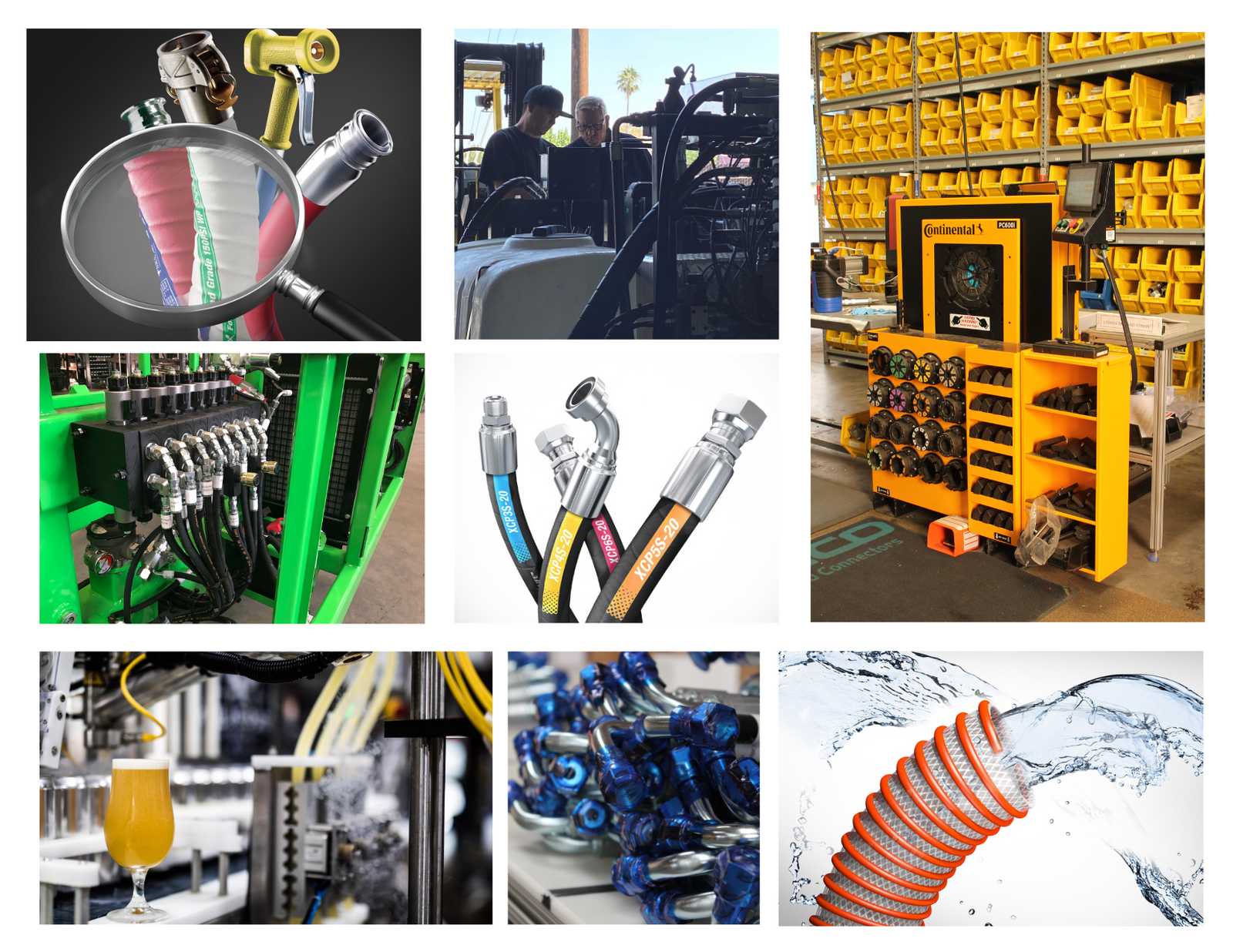
Leave a comment (all fields required)